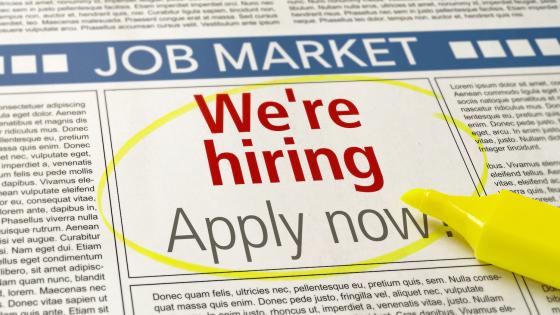DP14246 Firm and Worker Dynamics in a Frictional Labor Market
This paper develops a random-matching model of a frictional labor market with firm and worker dynamics. Multi-worker firms choose whether to shrink or expand their employment in response to shocks to their decreasing returns to scale technology. Growing entails posting costly vacancies, which are filled either by the unemployed or by employees poached from other firms. Firms also choose when to enter and exit the market. Tractability is obtained by proving that, under a parsimonious set of assumptions, all workers’ and firm decisions are characterized by their joint marginal surplus, which in turn only depends on the firm’s productivity and size. As frictions vanish, the model converges to a standard competitive model of firm dynamics which allows a quantification of the misallocation cost of labor market frictions. An estimated version of the model yields cross-sectional patterns of net poaching by firm characteristics (e.g., age and size) that are in line with the micro data. The model also generates a drop in job-to-job transitions as firm entry declines, offering an interpretation to U.S. labor market dynamics around the Great Recession. All these outcomes are a reflection of the job ladder in marginal surplus that emerges in equilibrium.


